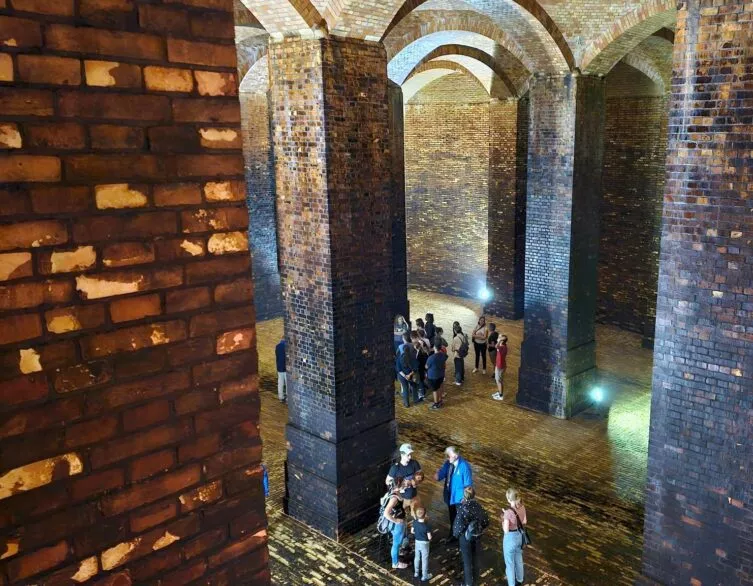Exploring the Historic Kőbánya Water Reservoir in Budapest
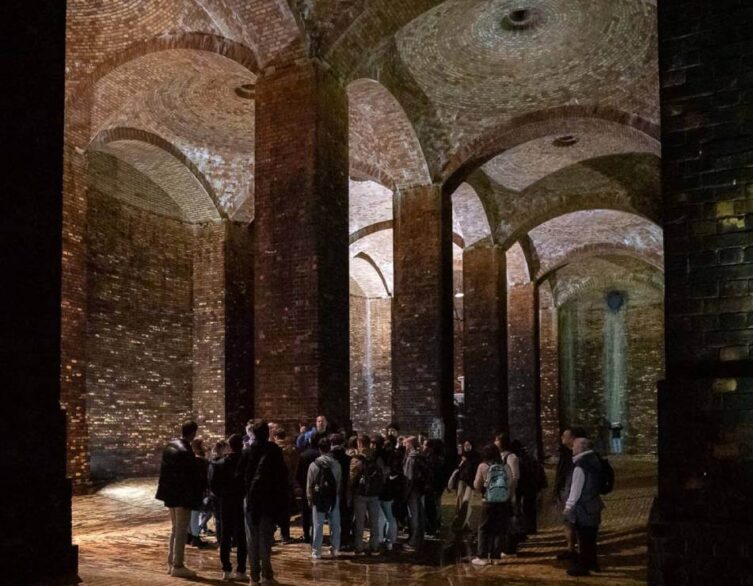
This past weekend, the Fővárosi Vízművek (Budapest Waterworks) opened the doors of one of its oldest facilities, the Kőbánya Water Reservoir, to the public. The 153-year-old reservoir, built in 1871, attracted approximately 4,000 visitors over the course of three days, from October 4th to 6th. The open days provided a unique opportunity for the public to explore this remarkable piece of Budapest’s water supply history.
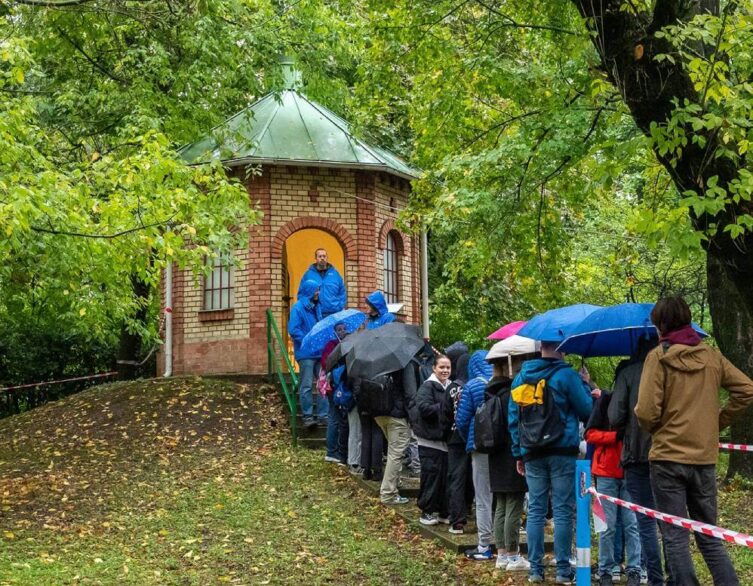
Image source: Budapest Waterworks
The Reservoir’s Impressive Architecture
The Kőbánya Water Reservoir is an architectural marvel, with its stunning brick construction and vast interior space. The reservoir measures an impressive 1,541 square meters, with a height of 10 meters, a width of 24 meters, and a length of 66 meters. When filled to its maximum capacity of 8 meters, the reservoir can hold an astonishing 10,800 cubic meters of water, equivalent to the size of a large apartment building.
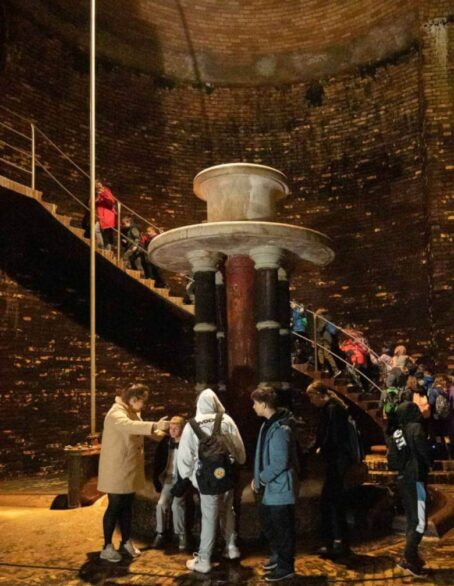
Image source: Budapest Waterworks
Visitors were awestruck by the reservoir’s interior, which evokes a sense of mystery and grandeur reminiscent of ancient cathedrals or prehistoric caves. The constant dripping of water and the reflections of light in the small puddles add to the enchanting atmosphere. The symmetry of the stamped bricks serves as a testament to the reservoir’s historical significance and the collective effort required to create such a monumental structure.
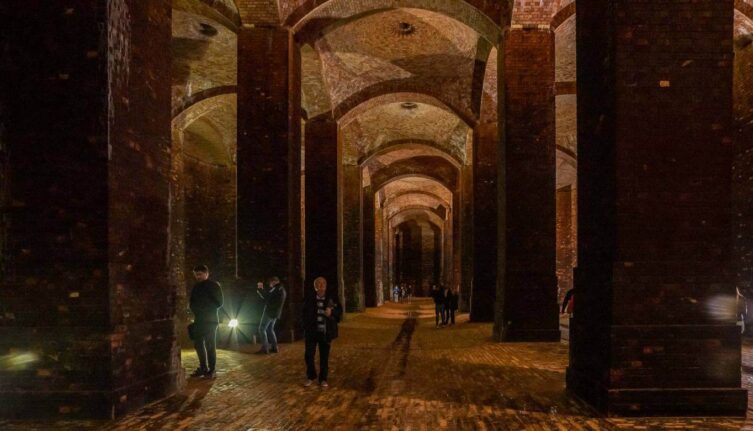
Image source: Budapest Waterworks
Engaging Activities and Exhibits
During the open days, visitors of all ages were treated to a variety of engaging activities and exhibits. The Budapest Waterworks staff were on hand to answer questions and provide insights into the daily operations of the water supply network. Many visitors came well-prepared, often beginning their questions with “I read…”, demonstrating their keen interest in the topic.
The informative materials, accessible through signs and QR codes, were a hit among the attendees. Children and adults alike enjoyed the hands-on experiences, such as the workbench where they could try their hand at repairing damaged pipes, and the play tent featuring water-themed games, quizzes, and demonstrations of tools and instruments.
Best deals of Budapest
A Journey Through Time
The Kőbánya Water Reservoir serves as a reminder of the city’s past struggles with water-borne diseases, such as cholera, which claimed nearly a million lives in Hungary between 1831 and 1915. The construction of the reservoir and the development of the water supply network in Pest-Buda were crucial steps in combating these epidemics and improving public health.
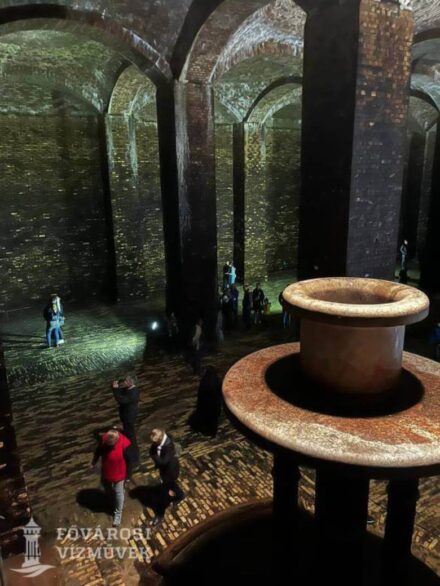
Image source: Budapest Waterworks
The reservoir’s construction was a collaborative effort, with English plans, Italian stonemasons, and bricks from Tata. The attention to detail is evident in every aspect of the structure, from the curvature of the stairs designed to prevent water from pooling to the intentional slope of the reservoir itself, which utilizes gravity to distribute water efficiently.
Conclusion
The open days at the Kőbánya Water Reservoir were a resounding success, with visitors expressing their gratitude and appreciation for the opportunity to explore this remarkable piece of Budapest’s history. The event not only showcased the reservoir’s impressive architecture and engineering but also highlighted the dedication and passion of the Budapest Waterworks staff in ensuring the city’s water supply remains safe and reliable.
As visitors left the reservoir, many were already planning their next visit to other Budapest Waterworks facilities, eagerly anticipating the chance to delve deeper into the fascinating world of water supply and its critical role in shaping the city’s past, present, and future.
Image source: Budapest Waterworks
Related news




















